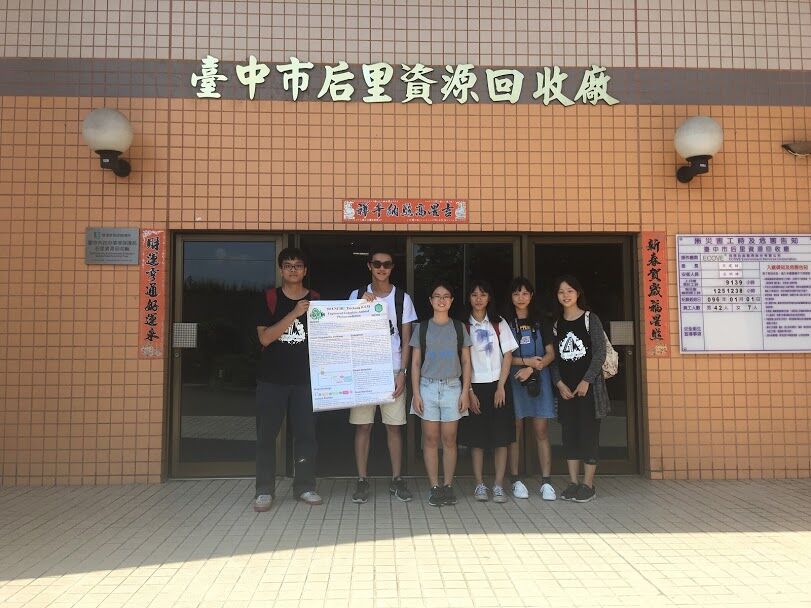| Line 21: | Line 21: | ||
<li>Break down product by using isotope method.</li> | <li>Break down product by using isotope method.</li> | ||
<li>We’re doing experiment on level of ppm, which is capable of testing dioxin in soil but not in food.</li> | <li>We’re doing experiment on level of ppm, which is capable of testing dioxin in soil but not in food.</li> | ||
| − | <li>Dioxin that had gone through Cl- degradation should be test of the toxicity.</li> | + | <li>Dioxin that had gone through Cl |
| + | <sup>-</sup> degradation should be test of the toxicity.</li> | ||
<li>Testing dioxin using biological or microorganism method is still under breakthrough. However, once the | <li>Testing dioxin using biological or microorganism method is still under breakthrough. However, once the | ||
method is applied, it is sure to be the best compared with heat and chemical methods. </li> | method is applied, it is sure to be the best compared with heat and chemical methods. </li> | ||
| Line 73: | Line 74: | ||
and looking forward to our application later in the future. Additionally, we had planted several of our experimental | and looking forward to our application later in the future. Additionally, we had planted several of our experimental | ||
plant ( | plant ( | ||
| − | <i>Vetiveria zizanioides</i>) in the area and will test the concentration of dioxin in the soil to if the | + | <i>Vetiveria zizanioides</i>) in the area and will test the concentration of dioxin in the soil to see if the |
| − | is sure to break down dioxin few months later. </p> | + | plant is sure to break down dioxin few months later. </p> |
</div> | </div> | ||
<div class="row"> | <div class="row"> | ||
Revision as of 08:45, 15 October 2018
We got to know how dioxin is being test in food and they gave us suggestions on many things list below:
- How we can do on pretreatment of samples.
- Testing enzyme activity after protein purification.
- Break down product by using isotope method.
- We’re doing experiment on level of ppm, which is capable of testing dioxin in soil but not in food.
- Dioxin that had gone through Cl - degradation should be test of the toxicity.
- Testing dioxin using biological or microorganism method is still under breakthrough. However, once the method is applied, it is sure to be the best compared with heat and chemical methods.

From the agency, we had feedback as followed:
- We got to know how dioxin is being test in environmental level.
- Chemical method is used to test the concentration of dioxin.

We saw how garbage is being burned down and in order to avoid the production of dioxin(250 ℃ ~400 ℃ is especially significant), temperature is being controlled. In addition to this, after garbage is fully burned, two chemicals is formed: incinerator bottom ash and fly ash. Fly ash is should be carefully coped with. They use active charcoal to stabilize fly ash and together cleaned out with bottom ash. Product such as brick is made by mixing ashes with concrete.
The major method using in the incinerator is heat method, as mentioned previously, breaking down dioxin by extremely high temperature. They’re interested in the method using in our project, microorganism method. Since dioxin is hydrophobic, it appears in soil most of the time. If we can successfully applied our method by phytoremediation, plant would be able to be cropped and break down dioxin in a nature way.

We got the permission to enter the most dioxin-polluted area in the world and got to know procedures they’re applying to break down dioxin in soil. The major methods are wet method and heat method while microorganism method is still under breakthrough. Since this method is what we’re doing, they are highly interested in and looking forward to our application later in the future. Additionally, we had planted several of our experimental plant ( Vetiveria zizanioides) in the area and will test the concentration of dioxin in the soil to see if the plant is sure to break down dioxin few months later.




